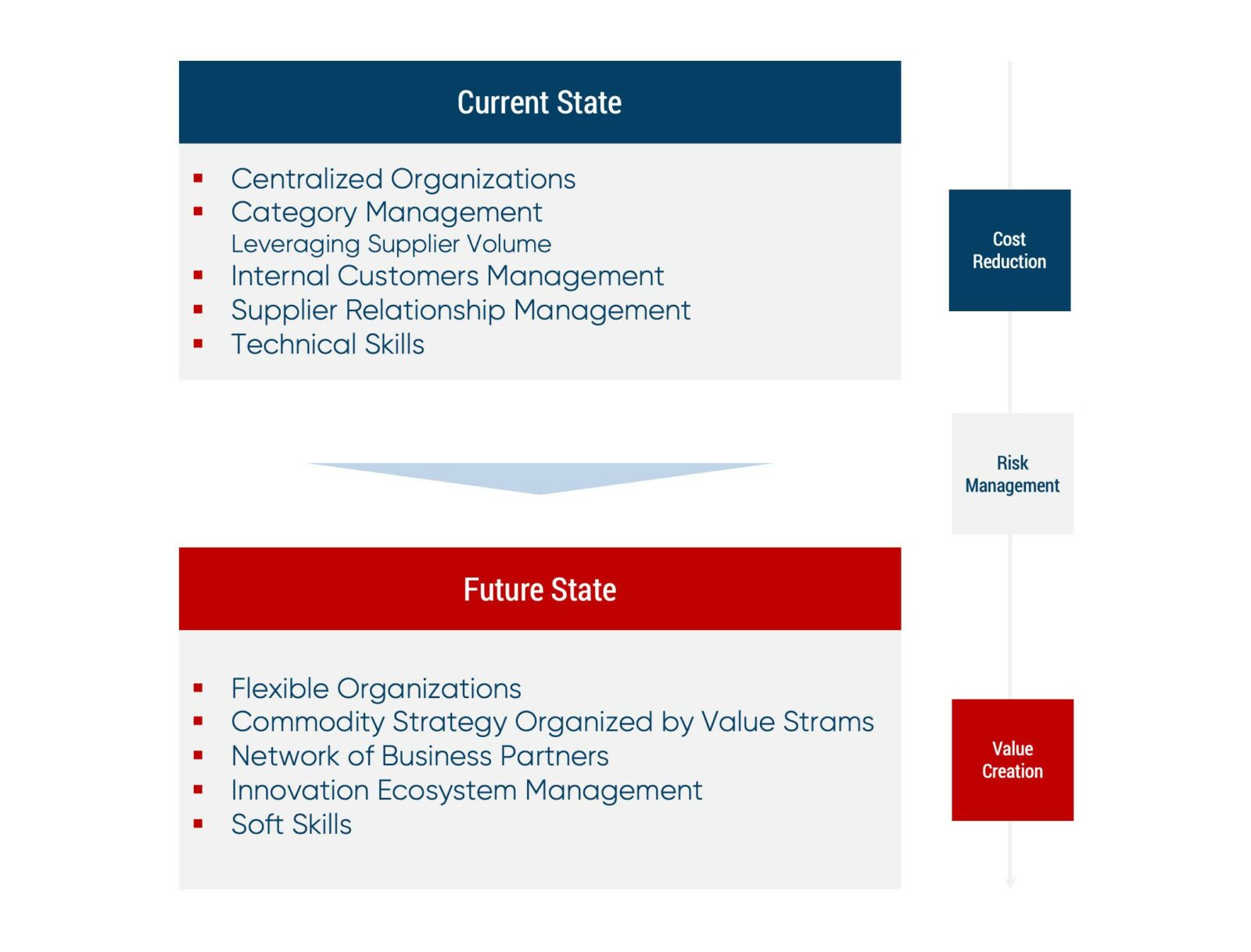
9 Tips for Procurement to Impact Revenue Generation
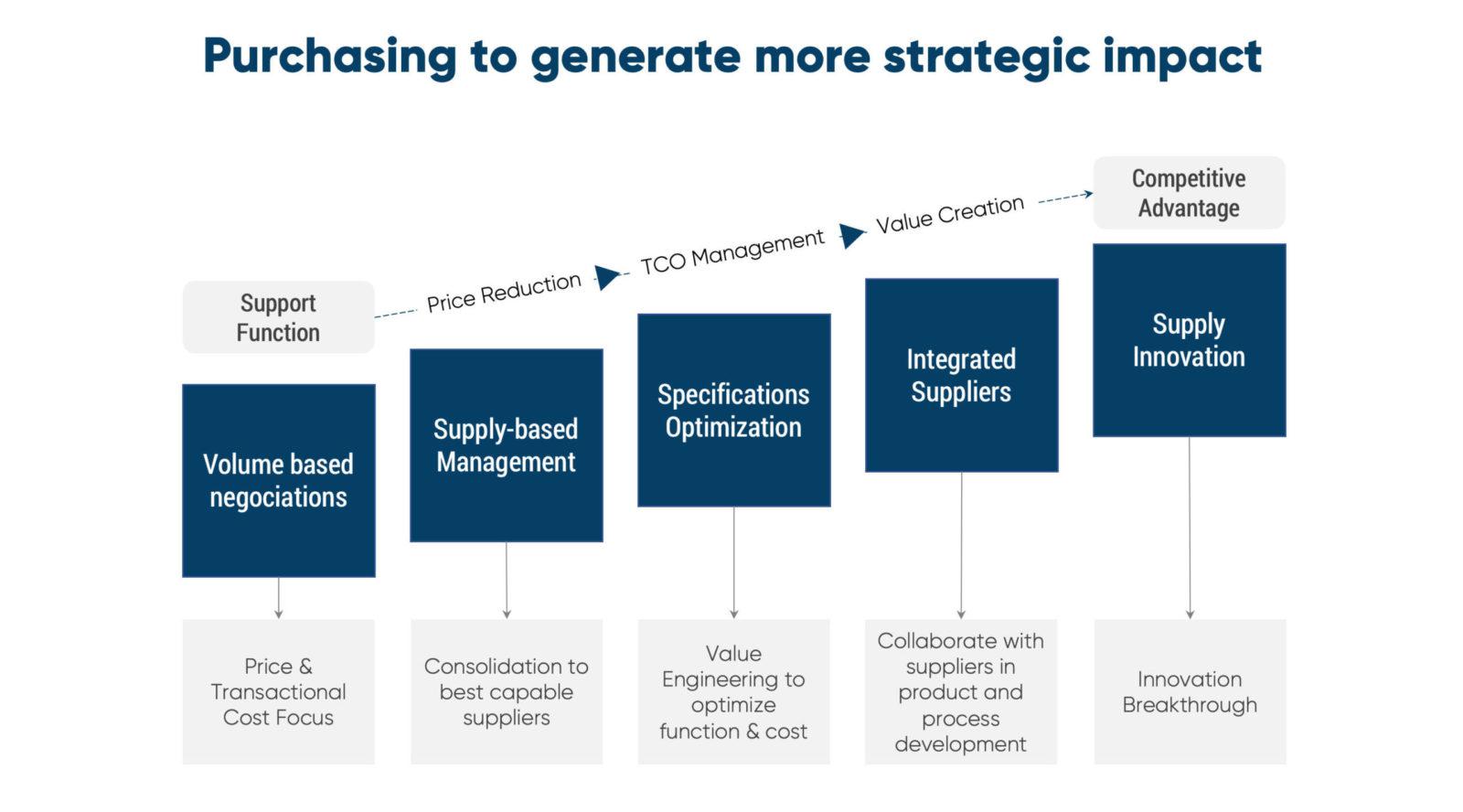
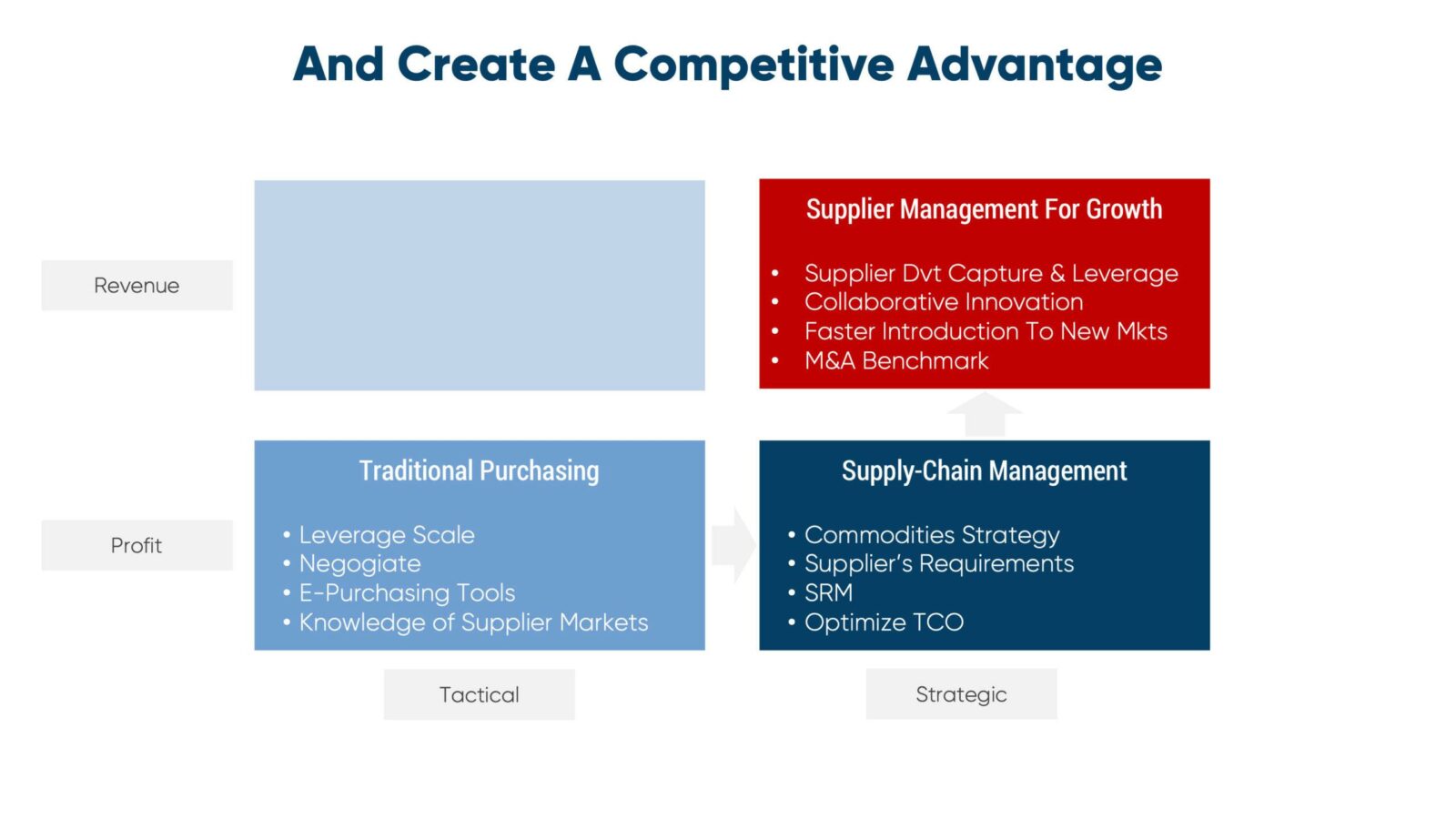
Product
How Purchasing can impact revenue by influencing the new products your business will launch
Business growth
How Purchasing can generate revenue by influencing the processes that may exist in your business today
Future
How Purchasing can generate revenue by influencing and participating in the transformation of companies’ business models
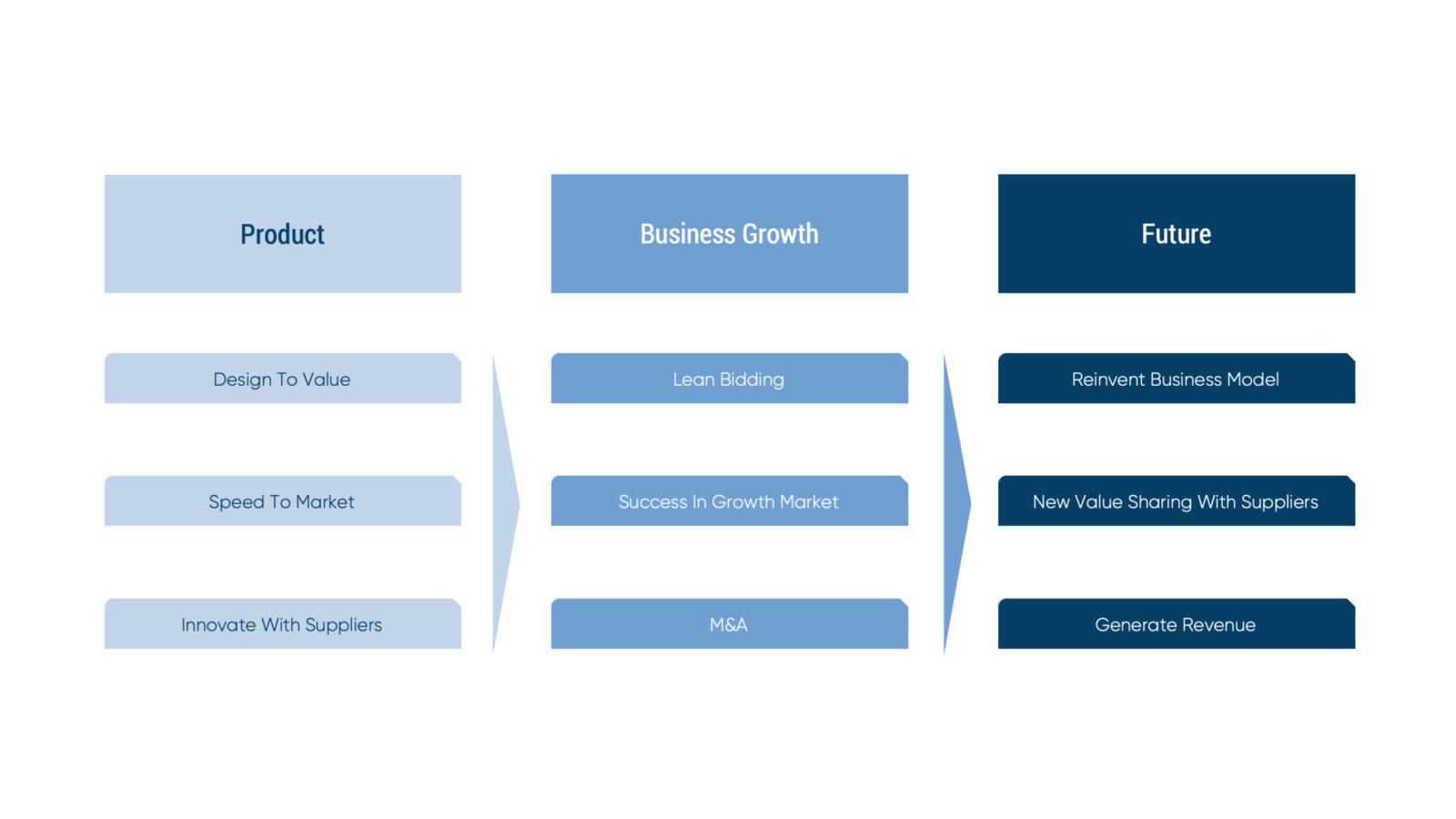
Purchasing Tip # 1: Design to Value
Purchasing organizations are using increasingly complex levers to generate savings opportunities, such as optimizing the supply chain, supplier development or even value analysis. These structural levers generally bring huge savings (over 15%). However, these initiatives are generally based on ‘product rationalization’ strategies of removing all elements of a product or service, such as: change of raw material, adjustment of specific tolerances, change of manufacturing process , weight optimization, etc. By doing this, you optimize the cost of the product, but you do not impact the value for the customers.
When you adopt the “Design to Value” strategy, you think in terms of functions and you constantly try to match the cost with the value perceived by the customer. This is a multi-functional work in three stages (marketing, R&D, supply, etc.):
- Select your value generators (strategic positioning).
- Map your functional (non-technical) costs against functions.
- Optimizing cost versus value
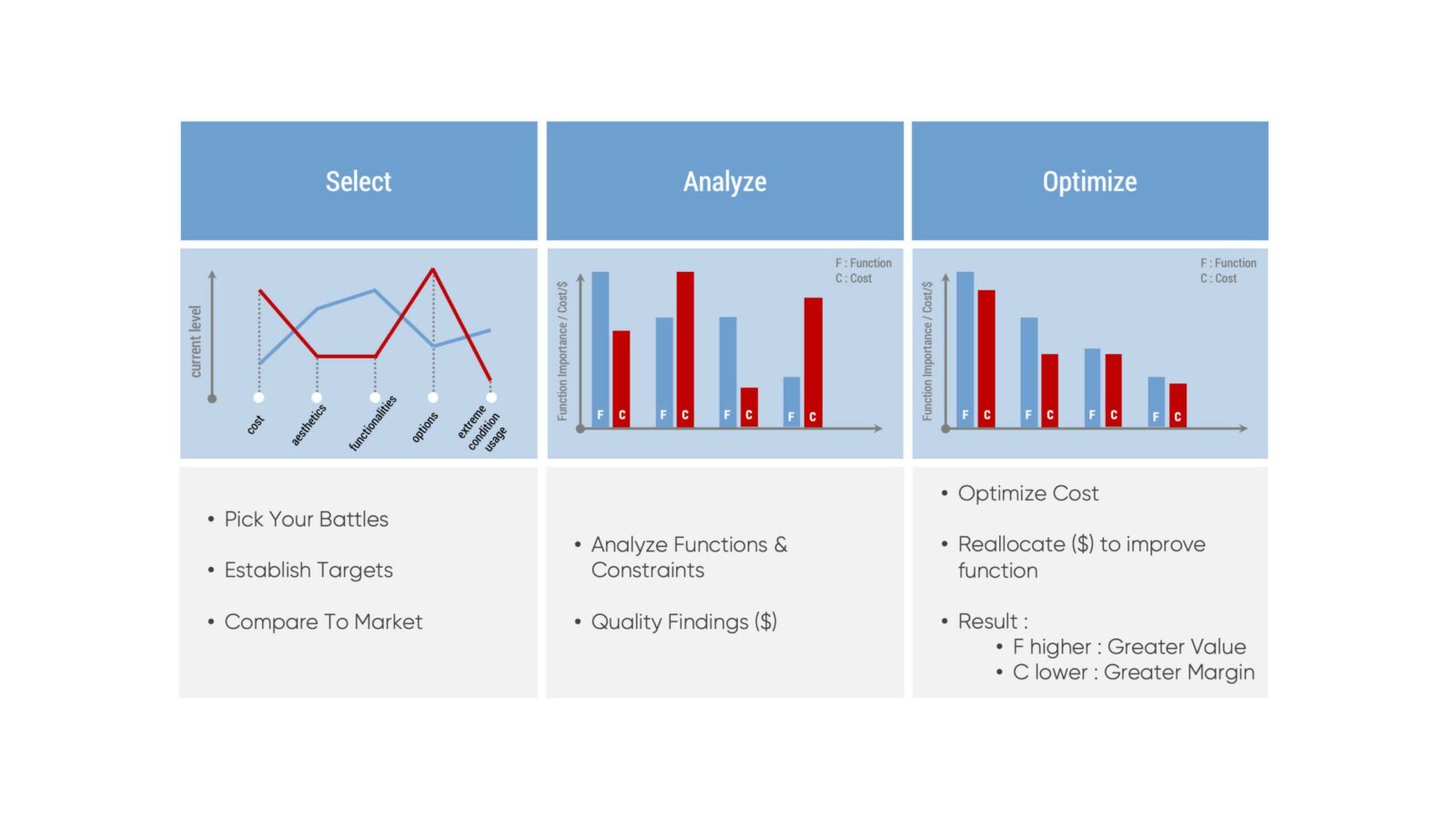
The "Design to Value" methodology aims to design (or redesign) products / services optimizing the cost-value ratio and therefore generate higher turnover and profits through increased customer satisfaction.
Purchasing tip # 2: Purchasing organization designed to accelerate time to market
Capturing and implementing supplier innovations quickly is fundamental for companies. However, in most companies, Purchasing is not involved sufficiently upstream in the pre-project phases. As a result, Purchasing lacks visibility on the innovation roadmap and can hardly connect with the supplier’s innovation roadmap.
A major automotive supplier recently created a Purchasing organization that combines R&D, Purchasing and Supplier Development / Quality resources with the following objectives:
- COMBINE the know-how of the supplier with the skills, resources and development processes of the company
- JOINTLY develop differentiated components through a closed loop product | Optimization of industrial process design
- JOINTLY implement multi-year technology roadmaps with suppliers
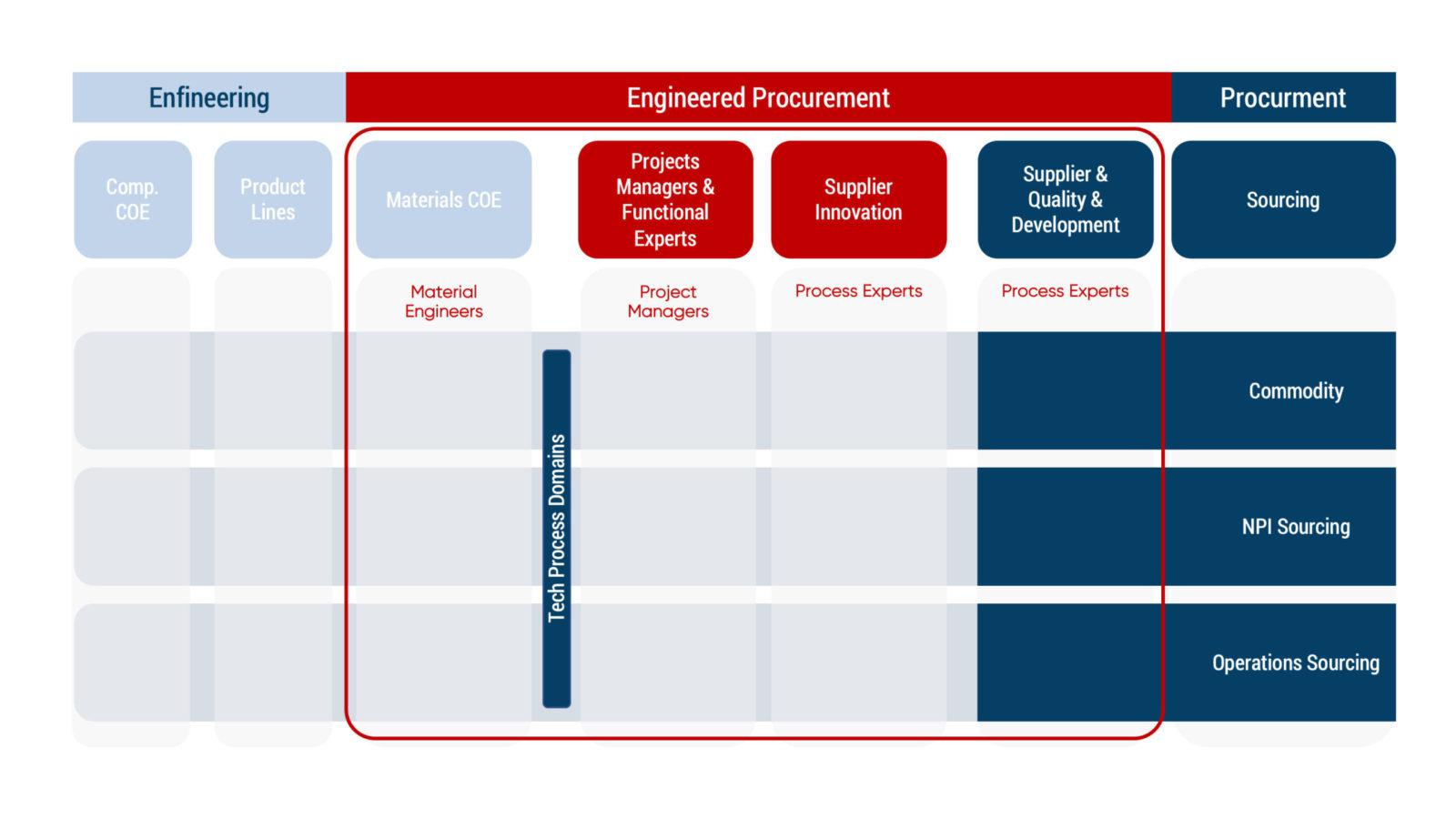
This organization has been in operation for almost a year and is starting to deliver technology roadmaps across three main technology segments to increase value creation and retention.
Purchasing Tip # 3: Innovation ecosystem
Traditional SRM (Supplier Relationship Management) models are not suitable for managing supplier innovation for many reasons.
- They tend to promote large suppliers who are not always the most proactive in terms of innovations
- These large suppliers are selected according to very demanding criteria and generally occupy a significant market share. This often creates an unbalanced relationship with the customer that jeopardizes the sharing of value and the retention of value from the innovations offered.
- Many innovation opportunities are linked to the digital revolution and the evolution of the company’s business models. Such innovations cannot be managed in a traditional dual relationship (customer – supplier), but must be activated and managed in a much more complex ecosystem.
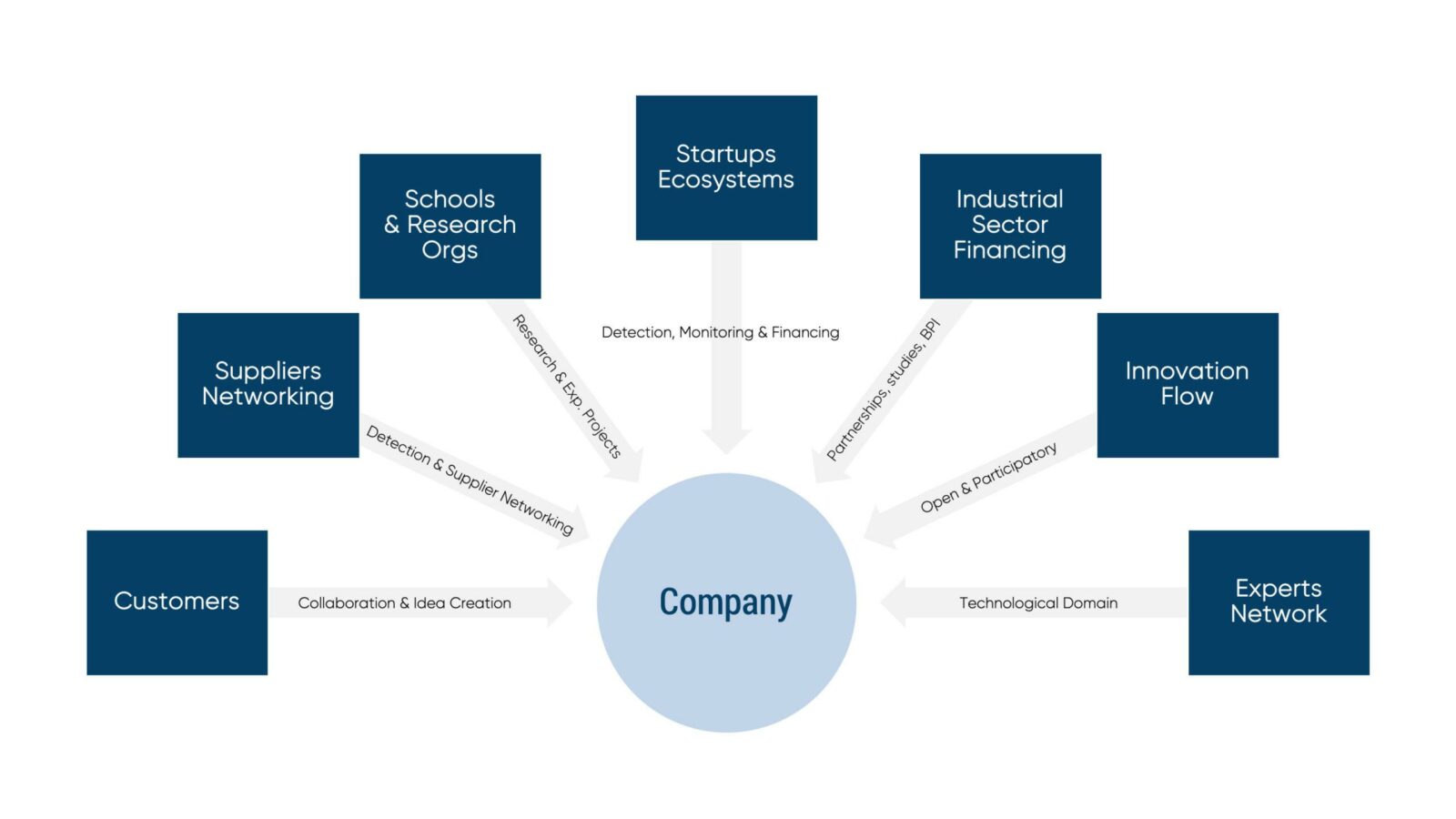
The Purchasing function has an important role to play in defining and managing this innovation ecosystem, as it has solid expertise in managing relationships with external stakeholders.
Purchasing advice # 4: “Lean Bidding” Through Parametric Costing
The business acquisition process usually contains a lot of losses for companies operating in the B2B sector. Very little capitalization and a lot of resources are involved in developing proposals to clients: R&D, Finance, Production, Purchasing … and even suppliers who are invited to submit numerous quotes which are sometimes based on incomplete specifications. This process generates a lot of rework (change of specifications, change of call for tenders …), overproduction (too many plans, calls for tenders to suppliers, etc.), over-quality ( non-optimized specifications), waiting times (for supplier responses). This waste has a strong impact on the quality and responsiveness of the proposition for the customer and, consequently, on the success rate of the company on its customer propositions.
The most successful companies (especially in the automotive sector) have implemented sophisticated parametric costing solutions that use existing data (technical and economic) to significantly reduce the time and resources required to cost new products and orient design proposals towards best practices. New statistical methods such as “Random Forrest” have created new horizons for parametric cost estimation, providing more precision and consistency compared to traditional regression methods. The EasyKost software (www.easy-kost.com) is a collaborative software which combines this new algorithmic method with a unique graphical and dynamic interface.
A major automotive supplier saved 15% of resources and reduced response time by 50% to its customers by implementing this solution.
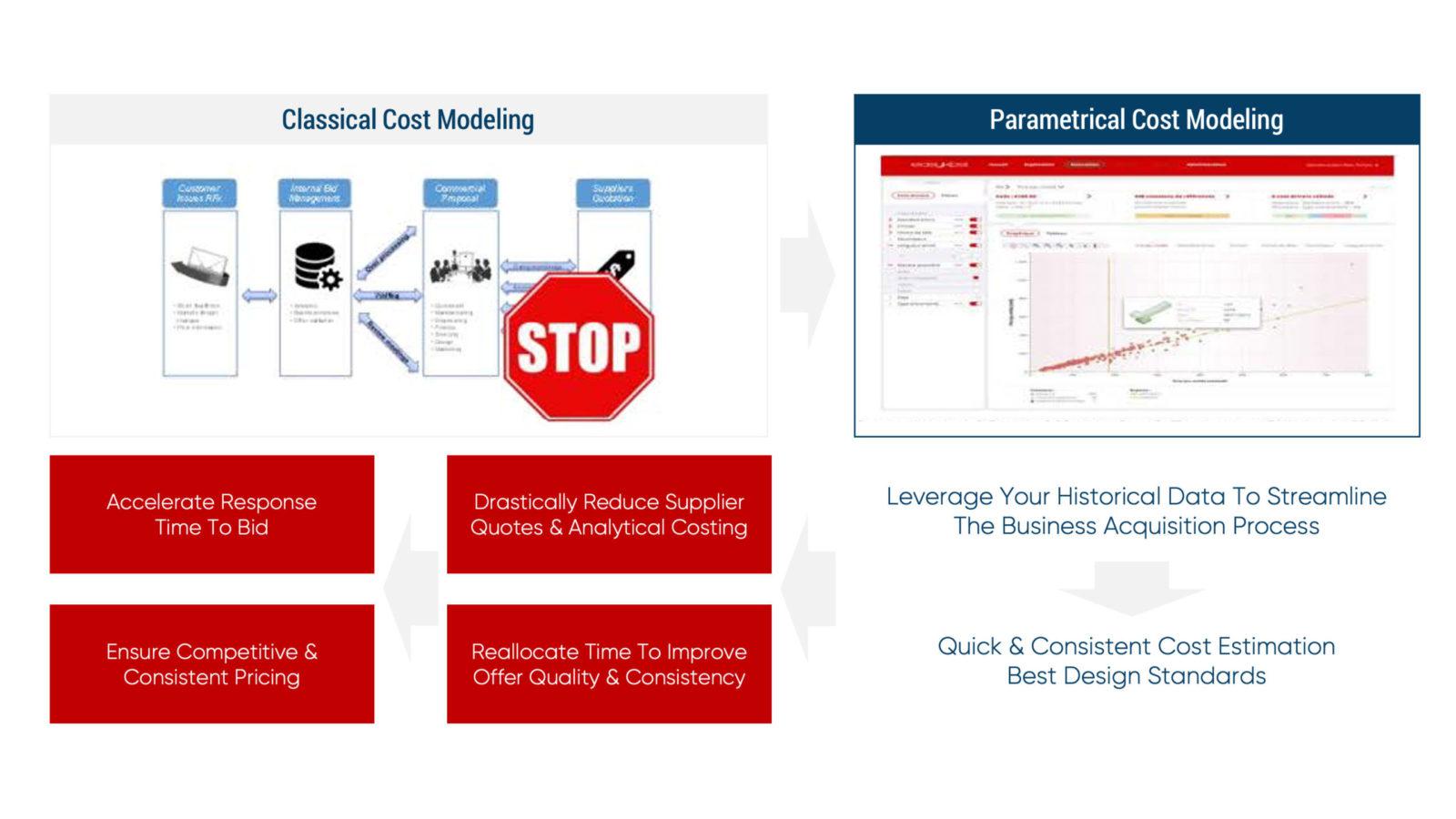
Use the wealth of your data to increase the success rate on your customer calls for tenders!
Purchasing Tip # 5: Success in Growing Markets
Purchasing organizations are often involved too late in the international development of the company, although they play an important role in the successful penetration of new markets. Here are three examples where Purchasing can bring strong added value:
Support and advise on industrial strategy by identifying appropriate areas and scenarios for industrial locations, thanks to their strong knowledge of supplier markets and their ability to develop competitive price scenarios with several “make or buy” options . The Macro-Study tool is a powerful tool for modeling the scenario according to different criteria (level of competitiveness, access to the product, risk, opportunities, etc.)
Ensure the success of the industrial project by qualifying the right suppliers and achieving the specific location ratio
Secure operational expansion by developing or identifying vendors who bring the capabilities and capabilities expected. Supplier development initiatives in the growing region also help raise awareness among suppliers and create differentiation from competitors.
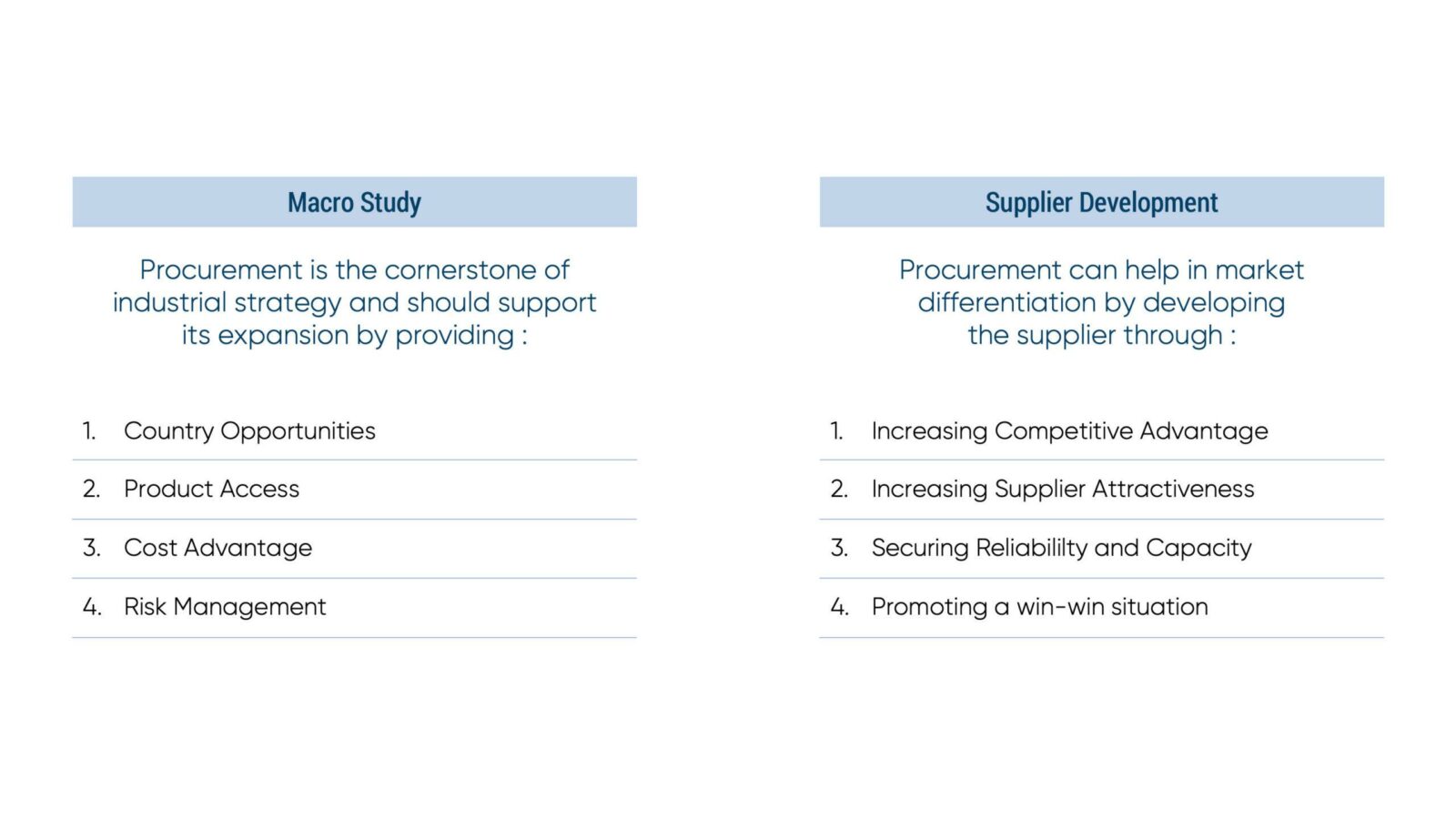
Purchasing is the cornerstone for success in growing markets.
Purchasing Tip # 6: Mergers & Acquisitions
Purchasing can generate a lot of value in M&A projects. Traditionally, we expect Purchasing to create synergies that are part of the deal equation, which is already a lot.
But the role of Purchasing can go further. In companies with intensive M&A activity (for example, the pharmaceutical or medical device industry), Purchasing is involved very early in the process of identifying and pre-assessing potential acquisition targets. In some organizations, there is an M&A Purchasing Manager. He represents the Purchasing Department in the mergers & acquisitions teams and liaises with the various departments involved.
- Purchasing can identify potential targets thanks to their advanced understanding of supplier markets and ecosystem players
- Purchasing is qualified to assess the skills of potential targets
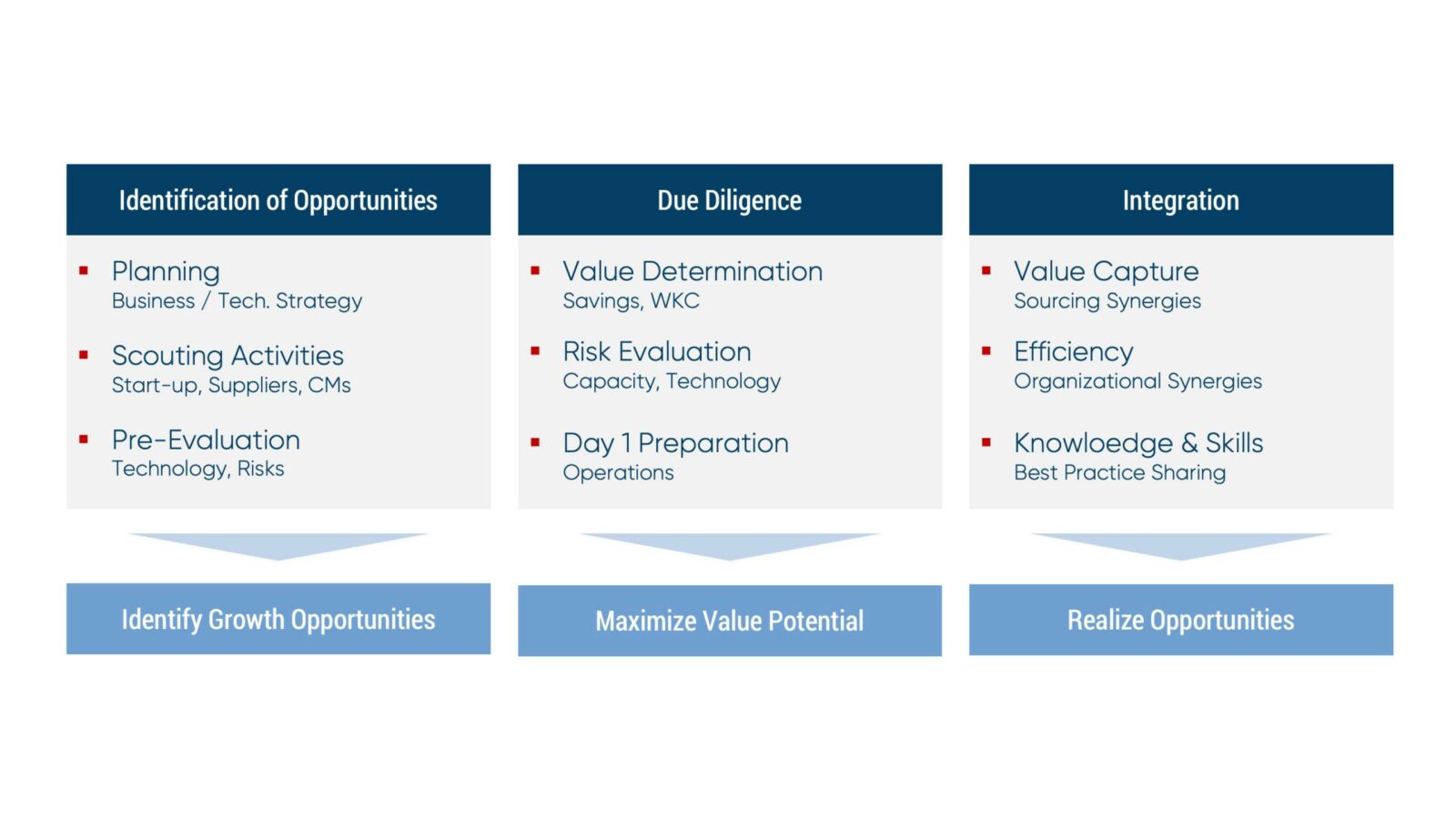
Purchasing organizations are fully part of the mergers and acquisitions process to identify and secure external growth opportunities.
Purchasing Tip # 7, 8, 9: Purchasing 4.0
The digital revolution will be characterized by:
- Connected ecosystems
- New Business Models meeting consumer needs
- New business tools
- New ways of working
This new scenario has a direct impact on Purchasing, but also creates new opportunities to generate revenue. Here are three of them:
Tip # 7: Reinvent the business model
Help reinvent the business model: leverage suppliers to create new products / services
Tip # 8: Share the value
Develop a new sharing of value with suppliers: Co-Branding, sharing of turnover, “Pay as you Grow” …
Tip # 9: Leverage Ecosystem
Generate revenue by leveraging your ecosystem: create new revenue streams from existing operations …
Conclusion: What This Means for the Future of Purchasing
We believe that Purchasing will evolve towards greater synchronization with all activities and closer collaboration with sales departments. Category Management, traditionally structured in supplier markets, should evolve towards a more value chain organization, making it possible to quickly implement innovative solutions. Purchasing will rather be a Business Partner contributing to the evolution of the Business Model by identifying and adapting internal and external opportunities. This will also have an impact on the skills required of Procurement professionals: “soft” skills will take on more importance than traditional functional skills.
